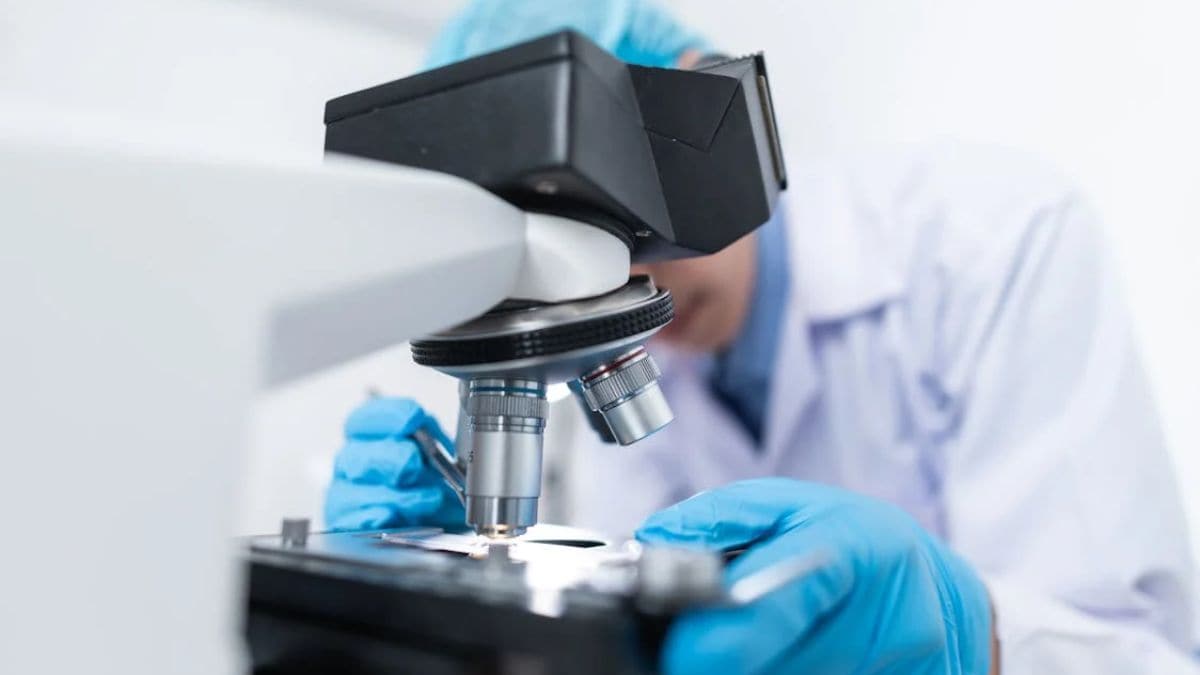An interdisciplinary team of researchers has explored the potential of covalent organic frameworks (COFs) in enabling efficient energy transport. These adaptable, modular materials have been designed to facilitate seamless energy transfer, even across structural imperfections. By employing advanced spectroscopic techniques, the study has unveiled significant advancements in understanding how energy diffusion occurs in these semiconducting, crystalline frameworks. This discovery holds immense promise for applications in photovoltaic systems and organic light-emitting diodes (OLEDs), contributing to the development of sustainable optoelectronic technologies.
Findings Highlighted in Advanced Spectroscopic Analysis
According to the study published in the Journal of the American Chemical Society, COF thin films demonstrated remarkable energy transport properties. Using cutting-edge techniques such as photoluminescence microscopy and terahertz spectroscopy, alongside theoretical simulations, researchers measured high diffusion coefficients and diffusion lengths extending hundreds of nanometers. These findings underline the exceptional performance of COF materials compared to similar organic structures, reports phys.org.
Dr. Alexander Biewald, formerly a doctoral candidate in the Physical Chemistry and Nanooptics group, emphasized to phys.org that the energy transport efficiency remained intact even across grain boundaries in his statement to phys.org. Laura Spies, a doctoral candidate at LMU and co-lead author, noted to the publication that the thin films surpassed known energy transport capabilities of related materials, marking a significant step in material science research.
New Insights into Transport Mechanisms
As per the research, energy diffusion in COFs involves both coherent and incoherent processes. Coherent transport allows for orderly, low-loss energy transfer, while incoherent diffusion, requiring thermal activation, operates through disordered motion. Professor Frank Ortmann, one of the co-authors, stated to phys.org that this dual mechanism highlights how molecular structure and crystal organization influence energy transport efficiency.
The findings underscore the importance of interdisciplinary collaboration in advancing material science. Researchers expressed optimism about the role of COFs in photocatalysis and optoelectronics, paving the way for sustainable innovations in energy technologies.
For the latest tech news and reviews, follow Gadgets 360 on X, Facebook, WhatsApp, threads and Google NewsFor the latest videos on gadgets and tech, subscribe to our YouTube channelIf you want to know everything about top influencers, follow our in-house Who'sThat360 on Instagram and YouTube,

Antarctica's Pyramid-Shaped Peak: A Geological Masterpiece
Home Town OTT Release: Everything You Need to Know About Upcoming Telugu Web Series



